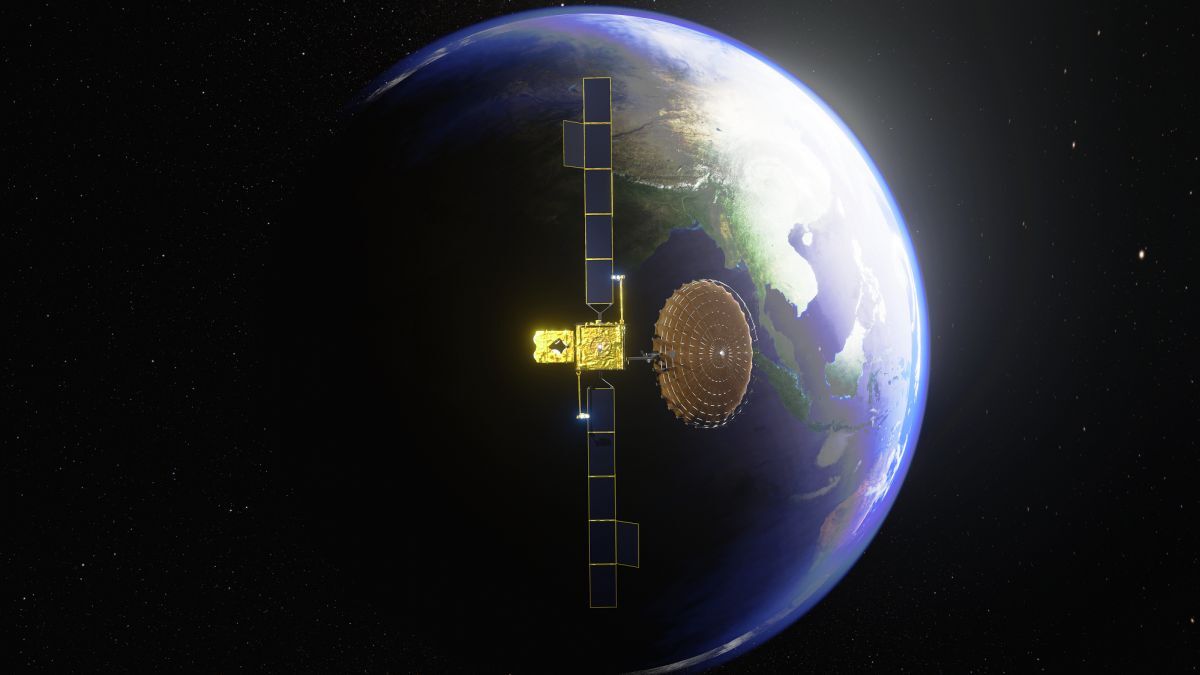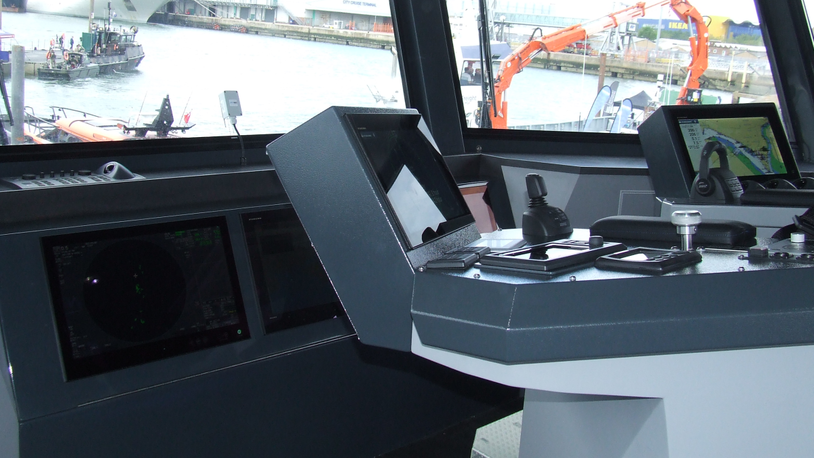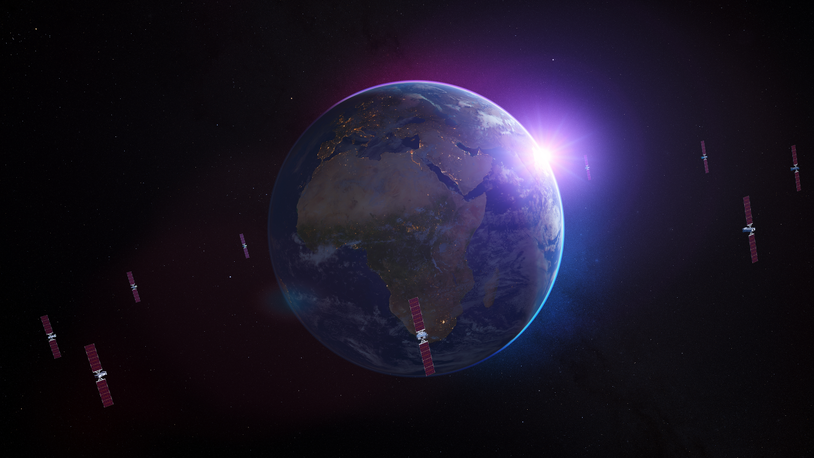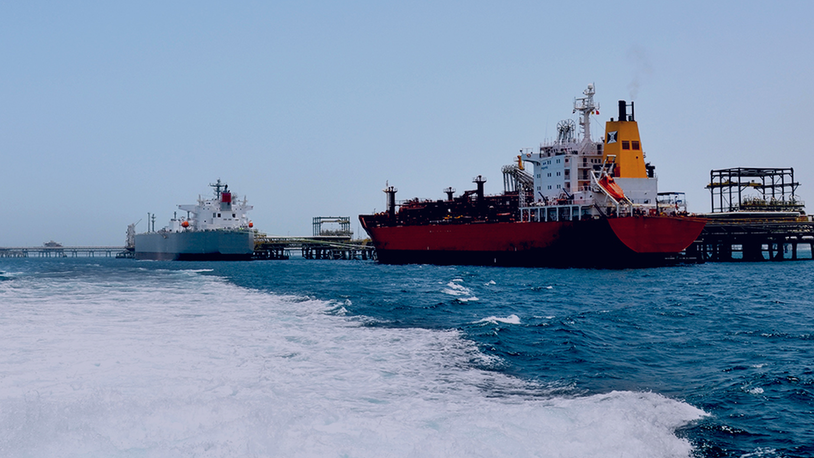Business Sectors
Events
Contents
Register to read more articles.

Sixth-generation satellites will provide faster ship connectivity
Faster communications for ships moved a stage closer as Inmarsat moved its new satellite, I-6 F1, into geostationary orbit
Inmarsat, which claims I-6 F1 is the most sophisticated commercial communications satellite ever launched, has started on-orbit testing.
This satellite was launched by Mitsubishi Heavy Industries from Japan December 2021 and has reached its operational orbit 36,000 km above the Earth, ready to provide connectivity to the maritime industry in L and Ka bands.
Inmarsat said these communication payloads will further enhance its Global Xpress Ka-band network and Elera L-band services, including safety communications.
Since its launch, I-6 F1 has been using its electric propulsion to move towards geostationary orbit.
It has reached its test location over the Atlantic Ocean and Inmarsat has begun a thorough and extensive testing programme, before it moves and enters service over the eastern Indian Ocean, expected Q1 2023.
Ground stations at Perth and Merredin in Western Australia are ready to support I-6 F1 service.
Inmarsat expects a second of its sixth-generation satellites, I-6 F2 to be launched Q1 2023 by SpaceX. This identical twin of I-6 F1 was fabricated and tested by Airbus Defence and Space facilities in Toulouse, France.
I-6 satellites will become integral to broadband and safety communications in the shipping, offshore, fishing and other marine industries and will underpin Inmarsat’s Orchestra network of networks, which will combine the company’s geostationary satellites with highly elliptical orbit (HEO) and low Earth orbit (LEO) satellites and terrestrial 5G meshes.
“The I-6 satellites will extend our L-band services through Elera to the 2040s, and enhance further our Global Xpress Ka-band network capacity in emerging hotspots,” said Inmarsat chief technology officer Peter Hadinger.
“Offering greater bandwidth and coverage, supporting greater speeds and a greater portfolio of innovative connectivity, Inmarsat’s I-6s also substantially increase the effective capacity of the Elera network available to our customers.”
I-6 satellites will have 50% more spectrum per beam, double the power of the fourth generation I-4s.
“I-6s’ advanced processors match customer demand as and where it is needed in real-time,” said Mr Hadinger. “When both I-6s entering service in 2023, we will begin a new era of Inmarsat capabilities to satisfy and exceed our customers’ needs.”
The I-6 satellites and Elera deliver an enhanced platform for internet of things (IoT) applications, cloud-based services, crew welfare solutions, video conferencing, emergency communications, media services and operational content delivery to ships.
Existing terminals will be able to communicate with the I-6 satellites and new terminals are being developed for L-band and Global Xpress.
Inmarsat operates I-4s with L-band payloads for Elera, FleetBroadband and the Global Maritime Distress Satellite Service.
It also operates five Global Xpress satellites and plans to have payloads on two HEO satellites and to launch three other Global Xpress satellites.
Riviera Maritime Media will provide free technical and operational webinars in 2022. Sign up to attend on our events page
Related to this Story
Events
Offshore Support Journal Conference, Americas 2025
LNG Shipping & Terminals Conference 2025
Vessel Optimisation Webinar Week
© 2024 Riviera Maritime Media Ltd.













